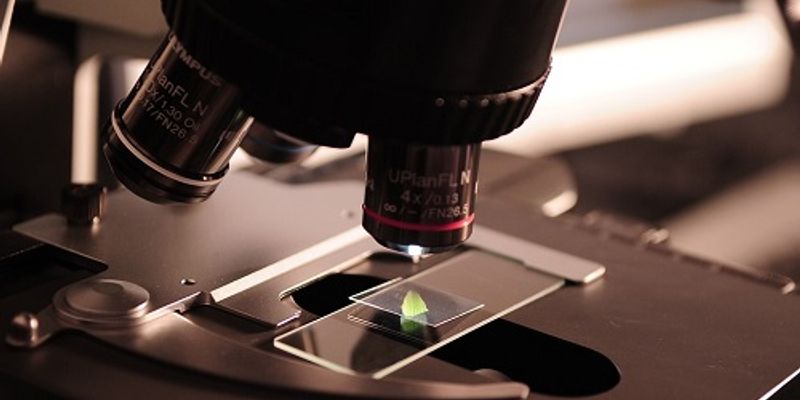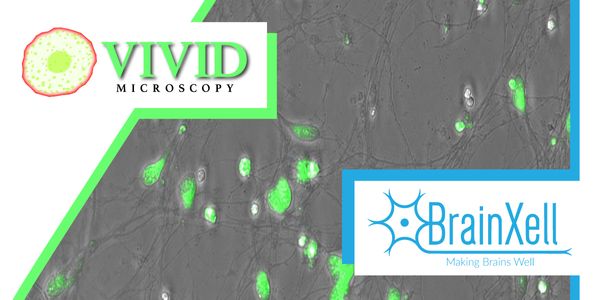Cell Line Development
Cell Line Development: Stable cell lines are widely used in a number of important applications including biologics (e.g. recombinant protein and monoclonal antibody) production, drug screening, and gene functional studies. The process of developing stable cell lines often starts with transfecting selected host cells, typically CHO or HEK 293 cells, with desired plasmids. After transfection, researchers then screen and quantify high-expressing clones. Once these high producers are identified, the cell lines and/or the proteins produced by the cells are validated. The manual screening methods traditionally used for cell line development are time-consuming and labor-intensive, creating a great demand for high-throughput, automated solutions for such efforts.
-
MAR 20, 2024 | 8:00 AMLuminex and Thermo Fisher Scientific are excited to feature two presentations highlighting the advanced features of the Invitrogen™ Luminex® xMAP® INTELLIFLEX™ DR-SE inst...JAN 23, 2024 | 12:00 PMFrom drug discovery to organoid modeling of disease, stem cells are increasingly being used in research as a vital tool for scientific investigation. Due to the specialized nature of stem ce...Speaker: Daryl ColeDEC 12, 2023 | 8:00 PMEmbryonic epicardium is crucial for normal heart morphogenesis. The tissue originates from the proepicardial organ, with cells migrating to form the outer mesothelial layer, giving rise to n...NOV 29, 2023 | 9:00 AMTumor genomic profiling can be complicated, especially for diseases that commonly have multiple different genomic biomarkers of interest, such as non-small cell lung cancer (NSCLC) and color...NOV 01, 2023 | 8:00 AMTo bring your cutting-edge cell and gene therapies to the patients that need them as quickly as possible, you need access to the most knowledgeable scientists, innovative technologies, metho...OCT 25, 2023 | 10:00 AMOxidative stress, a critical factor affecting cell health, has gained prominence in assessing various medical conditions. Given this importance, researchers need a wide range of tools to tho...Speaker: Daniel Sem, Ph.D., MBA, JD , Roxanne Alvarez, Ph.D.Sponsored By: BrainXell, Vivid MicroscopyOCT 24, 2023 | 8:00 AMOrganoids are three-dimensional (3D) multi-cellular, microtissues derived from stem cells that closely mimic the complex structure and functionality of human organs. They offer more accurate...OCT 24, 2023 | 8:00 AMTo bring your cutting-edge cell and gene therapies to the patients that need them as quickly as possible, you need access to the most knowledgeable scientists, innovative technologies, metho...OCT 24, 2023 | 10:00 AMOrganoids are three-dimensional (3D) multi-cellular, microtissues derived from stem cells that closely mimic the complex structure and functionality of human organs. They offer more accurate...SEP 12, 2023 | 10:00 AMRegister to learn more about how to rapidly and reproducibly drive your developmental efforts forward by leveraging MaxCyte’s flow electroporation technology. Labs adopt this scalable...AUG 10, 2023 | 8:00 AMC.E. CREDITSAntibody therapeutics is a fast-growing market boosted by developments in bispecific antibodies and in newly emerging tetra-specific antibodies. With the ability to recruit a combination of...Microorganisms have always been integral to natural circular processes in the environment. They serve an important role in converting complex biological molecules into central building block...
























